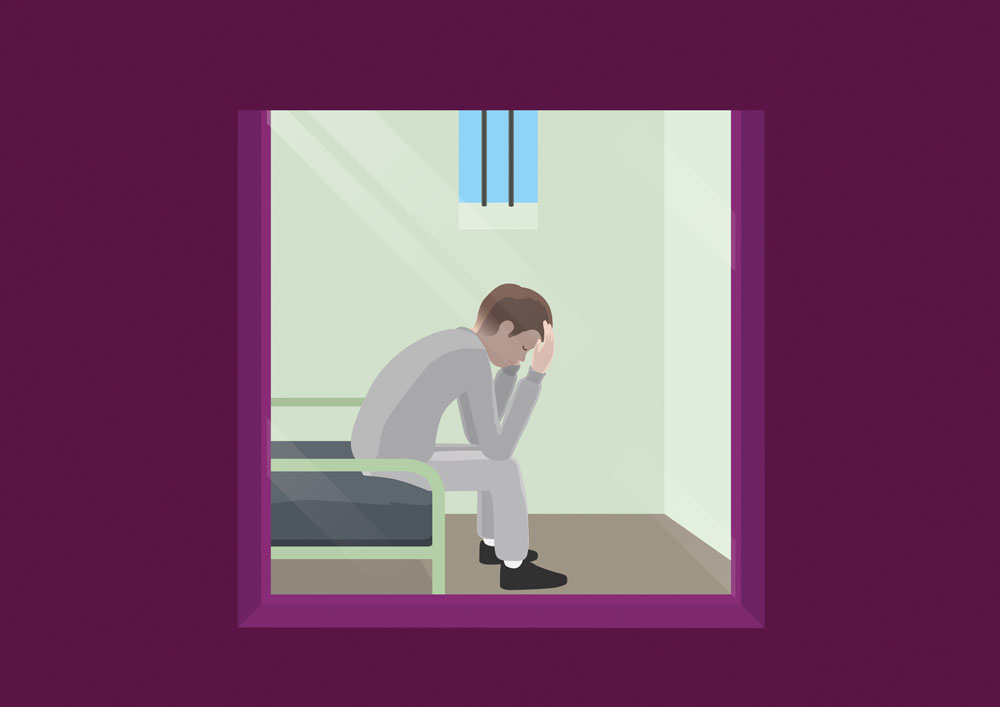Life sentences explained

12 January 2023
By law, a life sentence must be given for murder, but can also be imposed for other extremely serious offences such as rape or death by dangerous driving. It is the highest penalty available in Scotland’s courts.
A life sentence is an indeterminate sentence which means that some offenders will spend longer in prison than the initial punishment part set by the judge, and some may never be released. For those who are released into the community, certain requirements remain in place for the rest of their lives.
Here, we explain the different stages of the sentence, including the punishment part (the minimum time spent in prison before being considered for release), the parole process, and release on life licence.
Punishment part
When a person is sentenced to life imprisonment, the judge must, by law, set a punishment part of the sentence. This is the minimum time the person must spend in prison or detention before being considered for release into the community by the Parole Board for Scotland. The length of the punishment part depends on the circumstances of the case. Although there is no such thing as a whole life tariff in Scotland, a court can impose a punishment part which is likely to exceed the lifespan of the offender. To date, the longest punishment part given in Scotland is 37 years. This sentence was imposed in 2014 when Angus Sinclair was convicted of raping and murdering two 17-year-olds who were last seen alive at the World’s End pub in Edinburgh in 1977 – it would have kept him in prison until he was at least 106.
Parole
When an offender has served the full punishment part of their life sentence, their case will be considered by a tribunal of the Parole Board for Scotland as soon as possible. An offender does not apply for parole – Scottish Ministers refer cases to the Board at the appropriate stage in the sentence. The Board will only direct that prisoners are released on licence when it is satisfied that keeping them in prison is no longer necessary for the protection of the public. If an offender is not released at the first review, they are required by law to have a further review within two years. Thereafter, further reviews are set by the Board. Release on parole is not automatic, and some offenders may never be released.
When considering release on licence, the Board will take into account:
- The risk to the community
- Information on the original offence
- Behaviour in prison
- Any steps taken to address issues which may have contributed to offending
- Offending history
- Family and social background
- Plans for release
On licence
If an offender is released on life licence, they must abide by all conditions on the licence, which can include wearing an electronic tag, sticking to a curfew and staying home at night, staying at specific accommodation, or undertaking counselling on particular problems such as alcohol or anger management. They are also required to report to a community-based social worker who will be their supervising officer. Those serving a life sentence will be on licence for the rest of their life. If they breach the conditions of their licence, or commit a further offence, they can be returned to prison.

